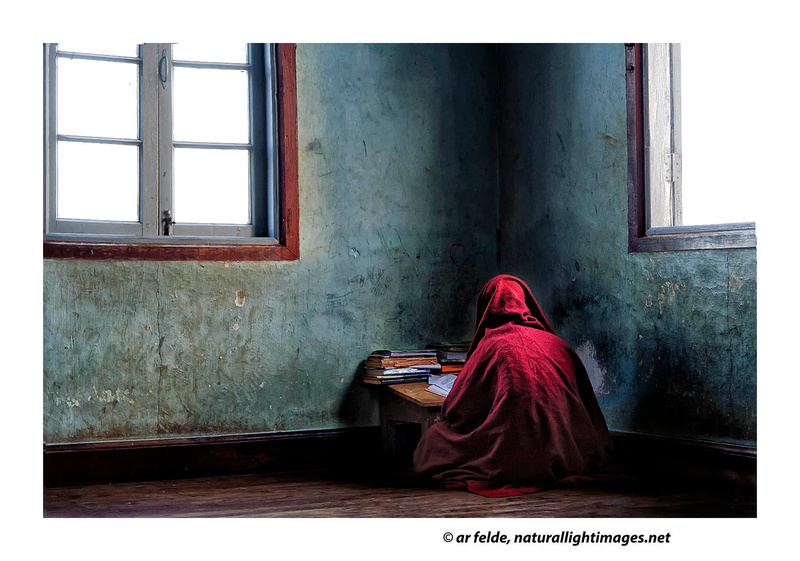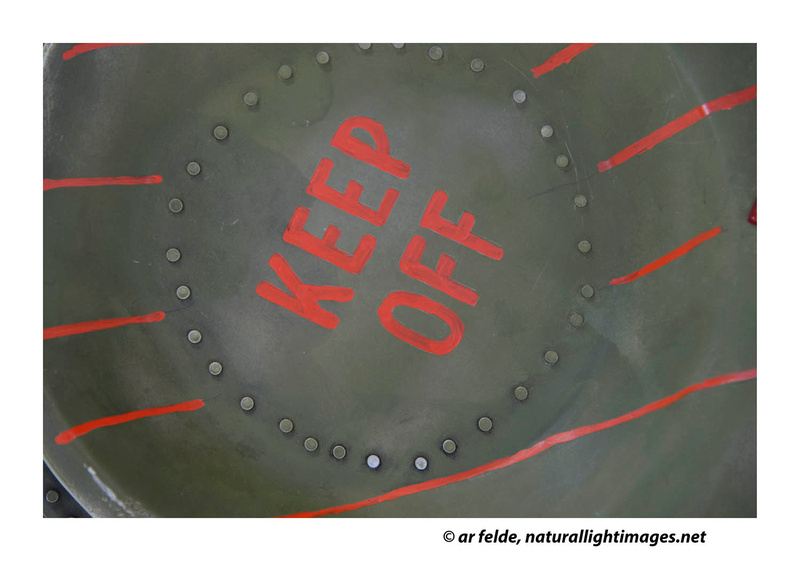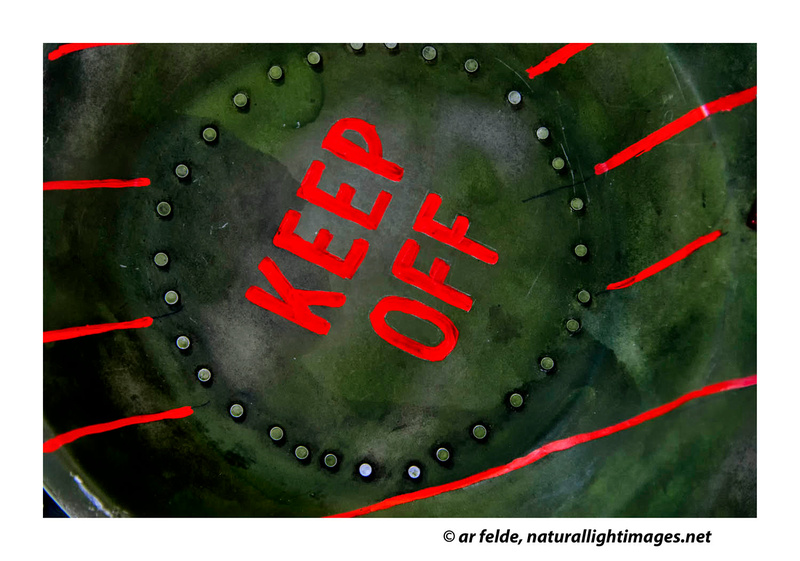"There are two people in every photograph: the photographer and the viewer" - Ansel Adams


I'm often asked about particularly colorful image: "Are those colors real? Was it Photoshopped? Did you pump up the colors? etc."
Image alteration, today, is one of the most difficult issues for non-photogrpahers to understand and accept. Prior to digital photography most people naively assumed the color they saw in an image was the color captured by the camera. That wasn't true then ... (at a minimum, colors changed based on the type of film being used), and it isn't true today. But, people now know about (and may have experience) using a computer to alter images.
Color is the most frequently questioned aspect, and, unfortunately there are a lot of complexities involved in how we see color ...
-
First, color is subjective.
Each person's sensitivity to a given color is different. A person doesn't have to be "color blind" to see a different shade of red than another person.
-
No camera sensor can see light and color like the human eye.
The capabilities of the eye are vastly superior to any digital camera's sensor, or any film. As a consequence, a photographic image direct from the camera is only an approximation of what the eye sees!
-
Digital cameras, in particular, are not as sensitive to black as the human eye, and under-represent the degree of blackness in a scene. Humans, though, use black as a reference point to judge the intensity of colors. Just creating a true black in an image will make the colors seem more vibrant!
-
Then there is the issue that different camera sensors act differently to colors. Recently, a camera magazine said of a newly announced camera "... but it also showed a tendency toward a very saturated color style."
-
The eye can see a range of light that is roughly three times the range of light that can be registered by either film or the best digital camera's sensor, and it is impossible to represent this in an image.
-
There are no color standards built into today's computer systems ... particularly Windows in all of its variants.
Unless you have done something special to your browser, your system may treat the colors of the images in my blog differently than the system I used to create them. Together the two systems may overly saturate an image.
-
EVERY computer monitor displays color differently!
Go to the TV section of any big-box retailer and look at the difference in the color, contrast, brightness of the various manufacturer's televisions as they show the same program. Computer monitors are just fancy TV's! So your monitor will most likely display colors differently than the one on my computer.
-
Over time the colors displayed by computer monitors change.
Every month, I re-adjust my monitor to a standard to insure the colors of my images are consistent and match as close as possible to the image when printed.
-
The way radiated light from a monitor is perceived by the human eye is different than if seen by the reflected light of a print.
The print is still the standard professional photographers use when judging the quality of an image. Most photographers adjust the colors of their images according to how it will look when printed! Today, though, most people see photos on their computer system and not from printed media.
To illustrate the issue, I've used this next image taken recently of the inside of a restored WW II bomber. I've used it because it has no emotional value and few of us have any built-in expectation about how it should look.


The image was created from the camera's raw sensor data by a Photoshop program called Adobe Camera Raw (affectionately known as ACR). I used all of the default settings and made no changes to any parameter. Ugh! The image is flat and the colors are dull.
So I re-processed the image. This time, I insured that there was a correct amount of contrast in the image. I did NOT change the color saturation in any direct way... only the contrast was changed using some Photoshop filters sold by Google. Here's the result:


What about the images you take with your cell phone or pocket camera? The ones that are called jpg's? They are image files created using built-in processing routines to enhance the colors and contrast based on certain characteristics of the image data. Really, though, it is just another way that an image is modified or enhanced ... not any different in concept than doing it with Photoshop.
Nor is it any different than looking at a painting ... In the end, YOU, the viewer; the other person in the photograph; have to decide if the image represents an acceptable reality!
Bye for now,